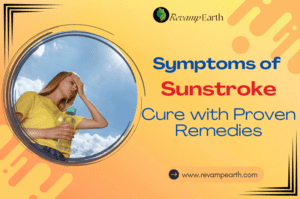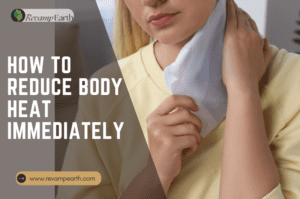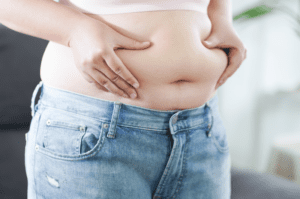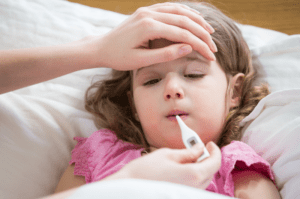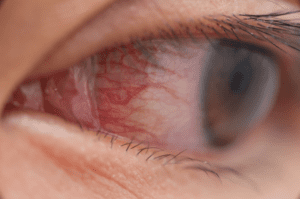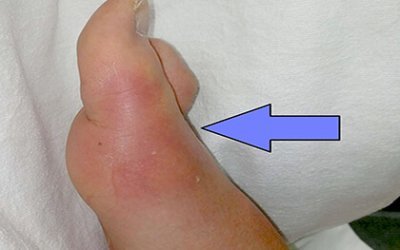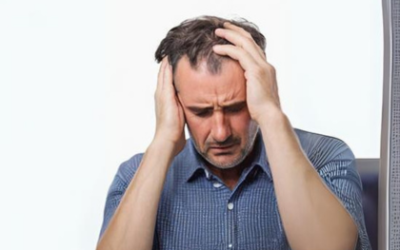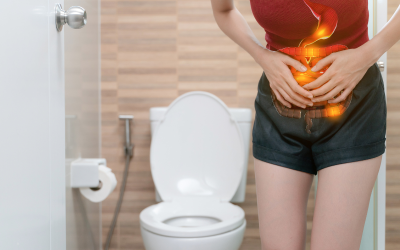Know the Internal body heat symptoms
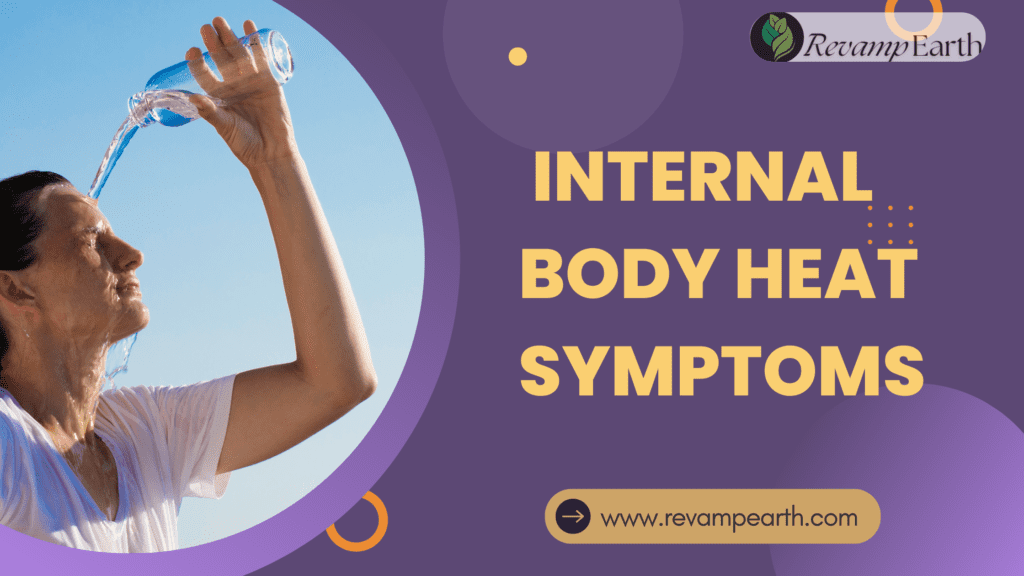
Internal body heat, often referred to as “overheating body” or “internal heat,” is a condition where the body experiences elevated temperatures due to various factors. This condition can lead to discomfort and health issues if not managed properly. In this article, we will explore the causes and symptoms of internal heat in women, and provide natural remedies and lifestyle changes to help alleviate and prevent this condition.
Recognizing the Symptoms of Internal Body Heat
Common Symptoms
Experiencing internal body heat can manifest through various symptoms, which may include:
- Excessive Sweating: The body attempts to cool itself through sweating.
- Redness of Skin: Increased blood flow to the skin’s surface can cause redness.
- Thirst and Dehydration: The need for more fluids to maintain balance.
- Heat Rashes: Small, red bumps on the skin caused by blocked sweat ducts.
- Acid Reflux and Heartburn: Excessive heat can exacerbate digestive issues.
- Restlessness and Insomnia: Difficulty in sleeping due to discomfort.
- Rapid Heartbeat: Elevated body temperature can increase heart rate.
Body Heat Symptoms on Skin
When the body experiences elevated internal heat, it often manifests through various skin-related symptoms. Here are some common body heat symptoms that can appear on the skin:
1. Excessive Sweating
- Description: The body produces more sweat as it tries to cool down. This can occur even in cool environments or during periods of low activity.
- Affected Areas: Commonly affects the armpits, forehead, palms, and soles of the feet.
2. Redness and Flushing
- Description: Increased blood flow to the skin’s surface can cause the skin to appear red and flushed.
- Affected Areas: Typically visible on the face, neck, and chest.
3. Heat Rashes (Miliaria)
- Description: Heat rashes occur when sweat ducts become blocked and trap sweat beneath the skin. This results in small, red, itchy bumps.
- Affected Areas: Commonly found on the neck, upper chest, groin, and under the breasts.
4. Prickly Heat (Miliaria Rubra)
- Description: A type of heat rash that causes a prickling or stinging sensation along with red bumps.
- Affected Areas: Can occur anywhere on the body but is frequently seen on the back, abdomen, and folds of the skin.
5. Dry Skin
- Description: Despite excessive sweating, the skin may become dry due to loss of fluids and electrolytes.
- Affected Areas: Generalized dryness, but often more noticeable on the arms, legs, and face.
6. Hives (Urticaria)
- Description: Raised, red, itchy welts that appear suddenly, often as a reaction to excessive heat or sweating.
- Affected Areas: Can occur anywhere on the body, but are frequently seen on the trunk, arms, and legs.
7. Blisters
- Description: Small fluid-filled bumps that can form when the skin is exposed to prolonged heat or friction.
- Affected Areas: Often seen on the feet, hands, and areas where clothing causes friction.
8. Peeling or Flaking Skin
- Description: Skin may begin to peel or flake as a result of prolonged heat exposure and dehydration.
- Affected Areas: Typically affects the face, especially around the nose and cheeks, and other exposed areas like the arms and shoulders.
Natural Ways to Cool Down Your Body
Hydration
Staying hydrated is crucial in managing body heat. Drinking plenty of water helps regulate body temperature and replace fluids lost through sweating. Aim for at least 8-10 glasses of water daily.
Cooling Foods
Incorporate foods that have a cooling effect on the body:
- Cucumber: High water content and cooling properties.
- Watermelon: Refreshing and hydrating fruit.
- Mint: Known for its cooling sensation.
Recipes for Cooling Smoothies and Salads
- Cucumber-Mint Smoothie: Blend cucumber, mint leaves, yogurt, and a dash of lemon juice.
- Watermelon Salad: Mix watermelon chunks with mint leaves, feta cheese, and a drizzle of olive oil.
Herbal Remedies for Reducing Body Heat
Aloe Vera
Aloe vera is renowned for its cooling and hydrating properties.
- Aloe Vera Juice: Drink a glass of aloe vera juice daily to cool down your body.
- Aloe Vera Gel: Apply aloe vera gel directly to the skin to soothe and cool.
Peppermint
Peppermint’s menthol content provides a cooling effect.
- Peppermint Tea: Brew peppermint leaves in hot water and drink the tea chilled.
- Peppermint Oil: Add a few drops of peppermint oil to a bath for a cooling soak.
Chrysanthemum Tea
Traditionally used in Chinese medicine to reduce body heat.
- Preparation: Steep chrysanthemum flowers in hot water, strain, and drink chilled.
Home Remedies to Alleviate Internal Body Heat
Buttermilk
Buttermilk helps in cooling the body and improving digestion.
- Simple Recipe: Mix a cup of yogurt with water, add a pinch of salt, and blend well.
Coconut Water
Coconut water is an excellent natural hydrator.
- Daily Intake: Drink fresh coconut water 1-2 times a day to keep the body cool.
Sandalwood
Sandalwood has a natural cooling effect.
- Sandalwood Paste: Mix sandalwood powder with rose water to make a paste. Apply it to the forehead and chest for a cooling effect.
Lifestyle Changes for Managing Body Heat
Dietary Adjustments
Avoid foods that can increase body heat, such as:
- Spicy Foods: Can elevate body temperature.
- Fried Foods: Heavy and harder to digest, contributing to heat.
Incorporate cooling herbs and spices:
- Fennel Seeds: Known for their cooling properties.
- Coriander: Helps in reducing heat.
Regular Exercise
Engage in low-intensity exercises like yoga and swimming, which help in maintaining a balanced body temperature without overheating.
Proper Clothing
Wear light, breathable fabrics such as cotton and linen. Choose light colors that reflect sunlight and keep you cool.
Preventive Measures to Avoid Internal Body Heat
Routine Hydration Tips
- Set Reminders: Use apps or alarms to remind yourself to drink water.
- Hydration Schedule: Drink water at regular intervals throughout the day.
Environmental Adjustments
- Keep Living Spaces Cool: Use fans, air conditioning, and keep windows open for ventilation.
- Avoid Direct Sunlight: Stay indoors during peak sunlight hours, typically from 10 AM to 4 PM.
Daily Habits
- Regular Bathing: Take cool showers or baths to help reduce body temperature.
- Sun Protection: Wear hats, sunglasses, and apply sunscreen when outdoors.
Conclusion
Summary of Key Points
Recognizing and addressing the symptoms of internal body heat is essential for maintaining overall health and comfort. By incorporating natural remedies and making lifestyle adjustments, you can effectively manage and prevent internal body heat.
Encouragement to Seek Natural Treatments
Embracing natural remedies not only helps in reducing body heat but also avoids the side effects associated with synthetic drugs.
Final Tips
Listen to your body, stay hydrated, and make necessary dietary and lifestyle changes to keep your body cool and comfortable.
References and Further Reading
By focusing on these natural methods and preventive measures, you can effectively manage internal body heat and promote overall well-being.
Share:
More Posts
Send Us A Message
FAQs
-
What is internal body heat?
Internal body heat refers to an elevated internal temperature due to various factors like hormonal changes, diet, physical activity, stress, and environmental conditions. It can lead to symptoms such as excessive sweating, redness of skin, heat rashes, and general discomfort.
-
What causes internal body heat in women?
Common causes include hormonal changes (such as menopause and menstruation), spicy or caffeinated foods, intense physical activity, stress, hyperthyroidism, infections, hot weather, and wearing tight clothing.
-
What dietary changes can help manage body heat?
Avoiding spicy, fried, and caffeinated foods can help. Incorporating cooling foods like cucumber, mint, fennel seeds, and coconut water into your diet is beneficial.
-
Can stress and anxiety cause internal body heat?
Yes, high levels of stress and anxiety can trigger an increase in body temperature as part of the body's natural response to stress.
Dos
Stay Hydrated
- Do: Drink plenty of water throughout the day to maintain hydration and help regulate body temperature.
- Tip: Aim for at least 8-10 glasses of water daily, more if you’re in a hot environment or engaging in physical activity.
Consume Cooling Foods
- Do: Include cooling foods like cucumber, watermelon, mint, and yogurt in your diet.
- Tip: Incorporate these foods into salads, smoothies, and snacks.
Wear Breathable Clothing
- Do: Wear loose, light-colored, and breathable fabrics like cotton and linen.
- Tip: Avoid tight clothing and synthetic fabrics that can trap heat.
Take Cool Showers
- Do: Take cool showers or baths to help lower body temperature.
- Tip: Add a few drops of peppermint oil to your bath for an extra cooling effect.
Use Natural Remedies
- Do: Apply aloe vera gel, drink peppermint tea, and use sandalwood paste for their cooling properties.
- Tip: Keep these natural remedies handy for immediate relief from heat symptoms.
Practice Stress-Relief Techniques
- Do: Engage in stress-relief activities like yoga, meditation, and deep breathing exercises.
- Tip: Regular practice can help manage stress, which can otherwise elevate body heat.
Maintain a Balanced Diet
- Do: Eat a balanced diet with plenty of fruits, vegetables, and hydrating foods.
- Tip: Avoid heavy, greasy meals that can increase body heat.
Don’ts
Avoid Spicy and Fried Foods
- Don’t: Consume spicy, fried, and overly processed foods that can increase internal body heat.
- Tip: Opt for meals that are light and easy to digest.
Limit Caffeine and Alcohol
- Don’t: Overconsume caffeine and alcohol, as they can dehydrate you and elevate body temperature.
- Tip: Replace caffeinated and alcoholic drinks with herbal teas and water.
Avoid Tight and Heavy Clothing
- Don’t: Wear tight or heavy clothing, especially in hot weather.
- Tip: Choose breathable and moisture-wicking fabrics to stay cool.
Minimize Exposure to Direct Sunlight
- Don’t: Stay in direct sunlight for prolonged periods, particularly during peak hours from 10 AM to 4 PM.
- Tip: Seek shade, wear a hat, and use sunscreen when you need to be outdoors.
Don’t Ignore Symptoms
- Don’t: Ignore persistent symptoms of internal body heat such as excessive sweating, heat rashes, or dizziness.
- Tip: Take immediate steps to cool down and consult a healthcare professional if symptoms persist.
Avoid Strenuous Activities in Heat
- Don’t: Engage in intense physical activities during the hottest parts of the day.
- Tip: Schedule workouts for early morning or late evening when temperatures are cooler.
Don’t Overlook Hydration
- Don’t: Forget to drink water regularly, especially if you’re active or in a hot environment.
- Tip: Carry a water bottle with you and take sips frequently.


